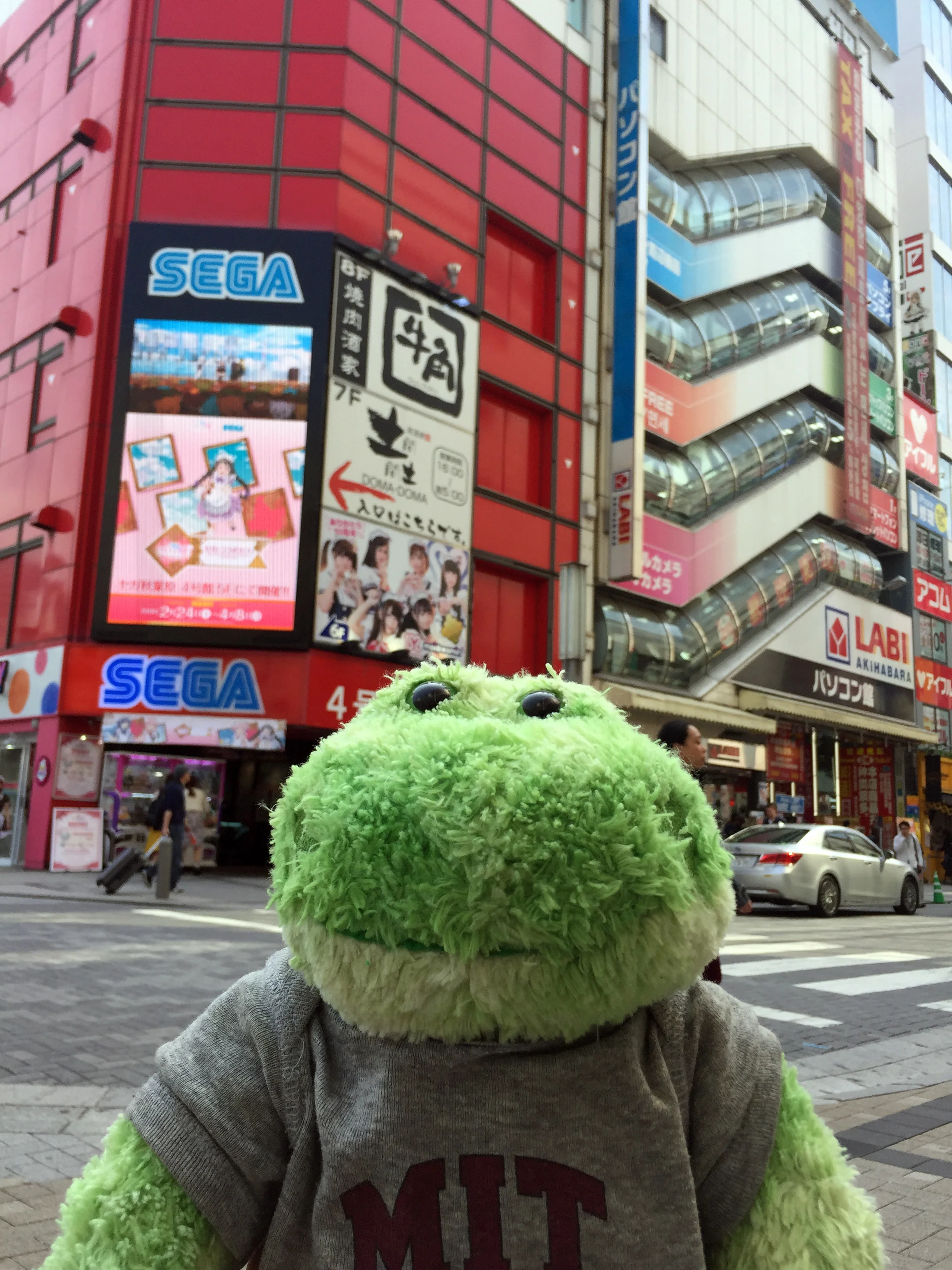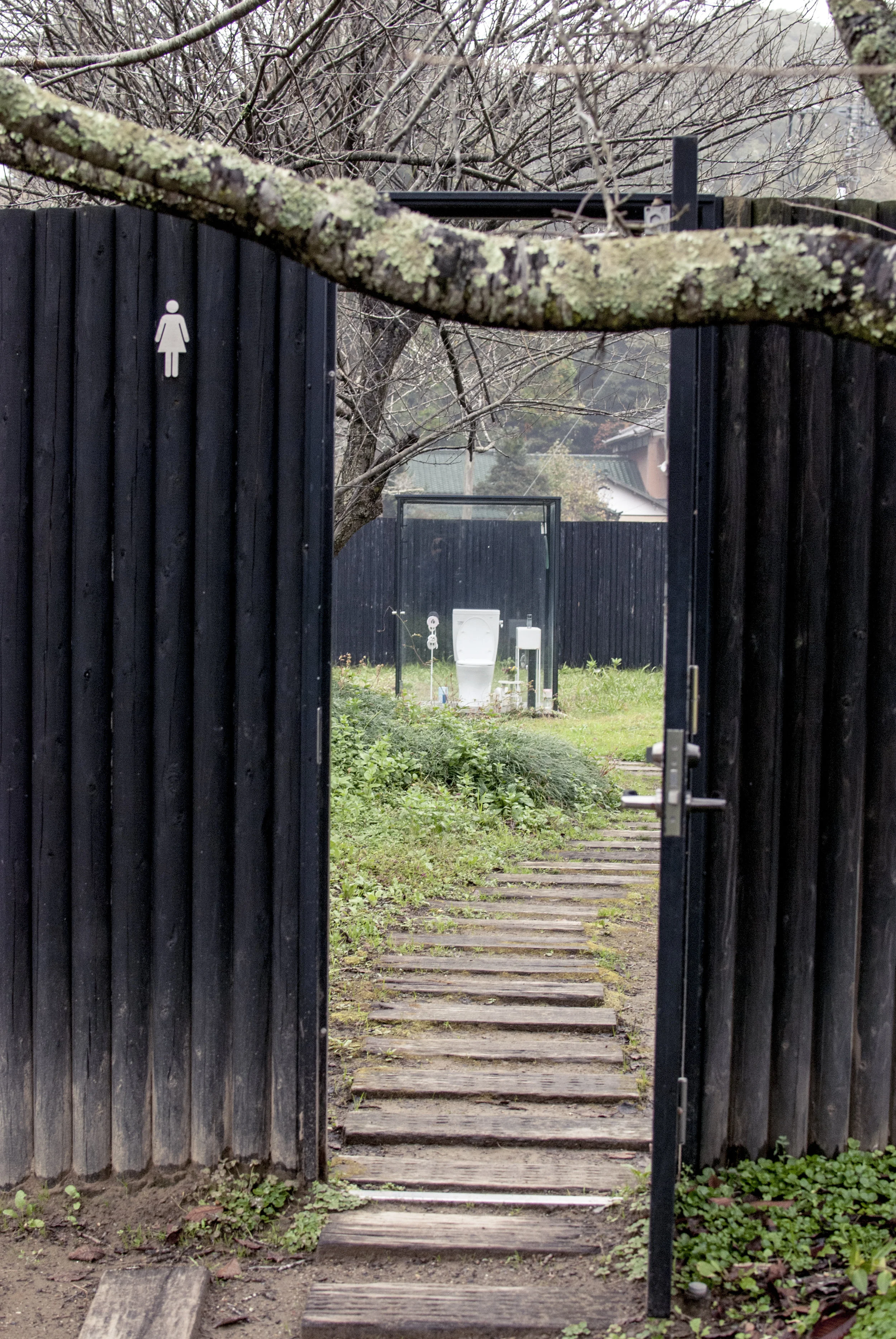Walk the Line
Tokyo
Tokyo’s public transit system may seem unnecessarily complicated to newcomers, with multiple train companies overlapping and maps that look like whorls of rainbow-colored string. So the first train line you’d want to get to know is the Yamanote-sen. It travels in a loop along the perimeter of central Tokyo, connecting millions of commuters to most of the major stations in the city. An abstract diagrammatic train map will show the Yamanote line as a green circle with a red belt, the Chuo line, stretching across the middle from Shinjuku to Tokyo Stations. However, if you were to look at the city from an aerial view, you might think the Yamanote loop actually looks like a poblano pepper or maybe it might resemble a heart— with Sugamo, Shinjuku, Tokyo Station, and Shinagawa marking the four figurative chambers.

Bear with me as I stretch this metaphor even further. Because public transit systems are the arterial roadways of most cities, walking from station to station is one of the best ways to see how neighborhoods connect. Such a hike can take you through umpteen transitions in the urban landscape from: traditional, futuristic, cutesy, sophisticated, ugly, deserted, bustling, flamboyant, austere, affluent, shabby, industrial, residential, you get the picture.
I was looking for a break from the routine of daily living— that endless loop of eating, working, shopping, running, entertaining in the same spots, barely venturing outside of my own ventricular part of town. The idea for a city-rail hike came to me through a good friend Naomi, who inspires almost all of my best BDTs in Japan. She has already completed several of these walks with her daughter. It sounded great. All you have to do is pick a train line, check the weather, make a playlist, bring a buddy and you’re good to go.
On its own, visiting each and every station imparts some measure of satisfaction, especially to those with a “gotta-catch-em-all” completist turn of mind. Every stop is another distance marker, showing progress toward your (somewhat pointless) goal. But beyond that, the typical Yamanote line train station doesn’t merit much attention. Beige. Utilitarian. Florescent lighting as far as the eye can see. The backdrop makes for some dismal selfies. Plus, the areas hugging the tracks aren’t exactly picturesque unless you happen to be a hardcore rail enthusiast. So the key to a good rail hike is to map out a route between stations that allows a bit of wandering.
Since many train lines, by design, extend long distances across the city, that means you won’t be able to linger much or roam too far if you intend to complete the walk in a day. The Yamanote loop measures 34.5 kilometers which is about 8 hours of walking at a leisurely but continuous pace. We split the hike over two days, which was still enough of a time constraint to keep us on the move but afforded a bit more time to explore.





























































































































